Robyn Lawley, Kate Upton And Other 'Curvy,' 'Plus-Size' Models Revolutionizing Fashion One Curve At A Time [PHOTOS]
It would not be a bold statement to say that fashion is in the midst of a revolution this year, taking strides in efforts to minimize the abundance of anorexic models, opting instead for figures the industry once would have deemed "too curvy," like Robyn Lawley. The Australian model, 23, was recently named the new face of UK-based plus-size lingerie line Boux Avenue less than a year after her size-16 frame appeared on the cover of Vogue Italia.
"I'm a normal size," Lawley said. "I wish we could all be known as models, rather than 'plus-size'. It's skinny models who should be called 'minus size'."
With "curvy" models like Lawley and Kate Upton, who has been frequently criticized on the web for her weight as a supermodel, as what's en vogue, one may wonder where the boom in popularity of buxom models came from.
Much of the efforts have been spearheaded by Vogue, which announced back in May that it will no longer promote models with physical conditions of blatant anorexia, along with underage models, on its pages.
Conde Nast International released the statement on behalf of 19 editors of Vogue around the world, making a pact to promote the image of healthy models.
The statement reads: "We will be ambassadors for the message of a healthy body image," and, "We will work with models who, in our view, are healthy and help to promote a healthy body image."
"Vogue believes that good health is beautiful. Vogue Editors around the world want the magazines to reflect their commitment to the health of the models who appear on the pages and the well-being of their readers," Conde Nast International Chairman Jonathan Newhouse said in a statement in May.
The Council of Fashion Designers of America (CFDA) also helped with the endeavor to eradicate the too-skinny climate present often times in modeling. Before the pledge from Conde Nast and Vogue, the CFDA headed by Diane von Furstenberg issued guidelines in February ahead of New York Fashion Week which would prohibit designers from using models that are too thin, as well as under the age of 16-years-old.
"Designers generally produce only one sample size for the runway, and in the last decade there has been a dramatic downward shift in the sample size of some of the top design houses," Von Furstenberg wrote in the CFDA guidelines.
"As a result, models are under increasing pressure to be thinner and thinner, and younger and younger. The industry's hiring of prepubescent-appearing teenage girls as models of adult clothing sets an unrealistic standard; hips and breasts, the curves that define the female figure, are absent. Some models have difficulty maintaining the body ideal as they move into adulthood and run the risk of engaging in unhealthy eating behaviors that lead to eating disorders."
"While some models are naturally tall and thin and their appearance is a result of many factors... other models have or develop eating disorders. Although we cannot fully assume responsibility for an issue that is as complex as eating disorders and that occurs in many walks of life, the fashion industry can begin a campaign of awareness and create an atmosphere that supports the wellbeing of these young women."
"The CFDA's campaign to promote the concept of a healthy mind in a healthy body is off to a great start and - with growing support from the fashion community - holds the promise of a healthier standard of beauty," von Furstenberg concluded.
Similarly , Israel enacted legislation referred to as the "skinny model ban" mandating that female models in the country have a body mass index of at least 18.5 in accordance with the World Health Organization's standards for proportion.
Just before the guidelines and bans were instated, PLUS Model Magazine released statistics regarding the conditions of models in the fashion industry today compared with previous years. According to the findings, an average fashion model weighed eight percent less than the average woman. Today, that figure is 23 percent. Similarly, "plus-size" models used to be between sizes 12 and 18, whereas today it is six and 14.
So it comes as no surprise that given the efforts within the fashion industry, -- while some may argue are too little, too late - it's popular, even in style, to sport a curvier figure.
In April, Kate Upton, famous for her viral YouTube videos and Sports Illustrated Swimsuit cover, graced the pages of Harper's Bazaar. Shot by famed photographer Terry Richardson, the Harper's shoot pushed Upton, 19, into editorial and high fashion and further away from commercial modeling. Setting new standards after once being told she "wasn't 'fashion' enough" by modeling agency IMG, The New York Daily News said "Kate Upton brings classic, voluptuous femininity back to fashion."
And it's mainstream models like Kate Upton and Robyn Lawley, arguably the hottest on the fashion scene currently, who are bringing this "voluptuous" endeavor to fruition.
View the gallery of photos to see some of the most popular curvy and plus-size models.
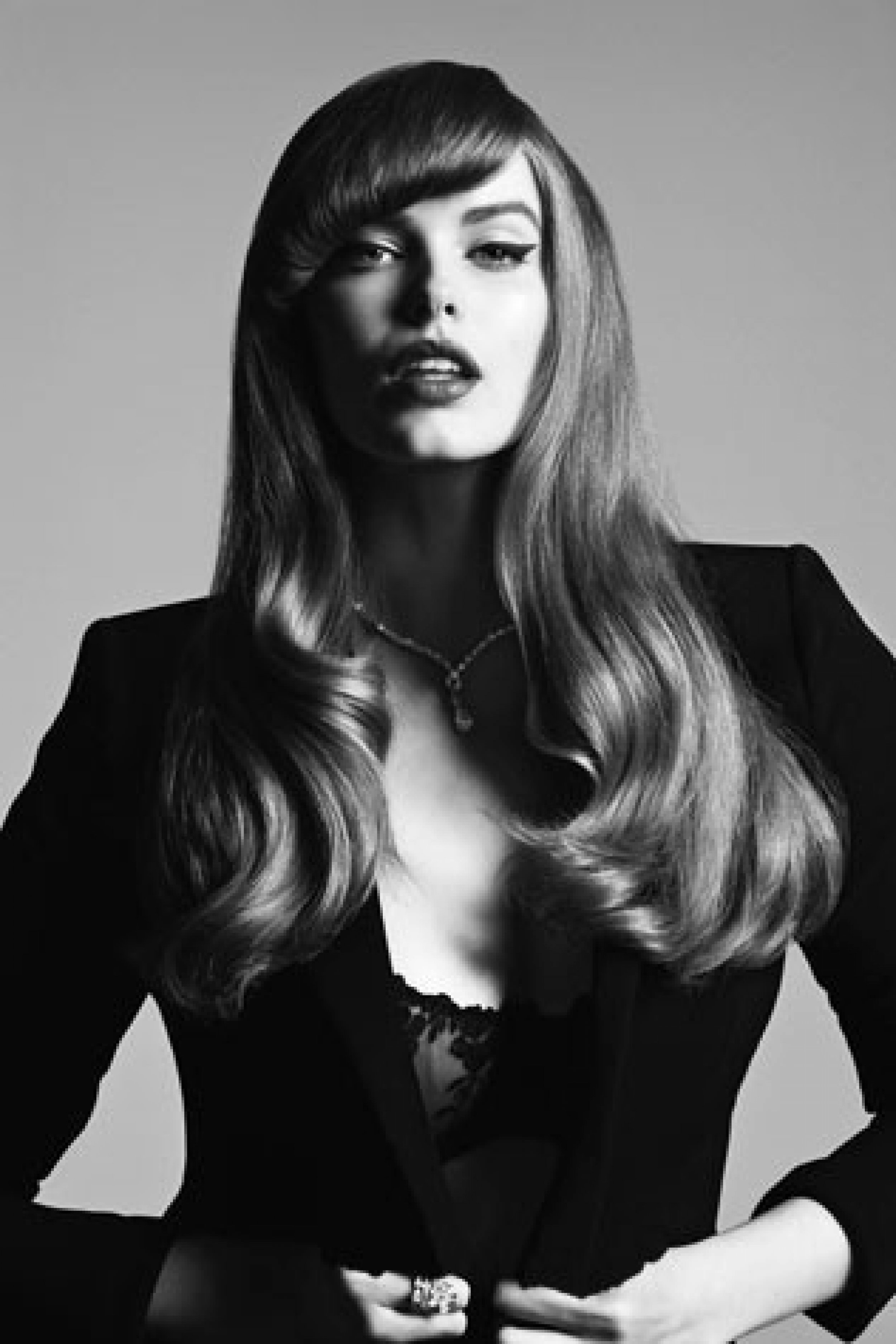
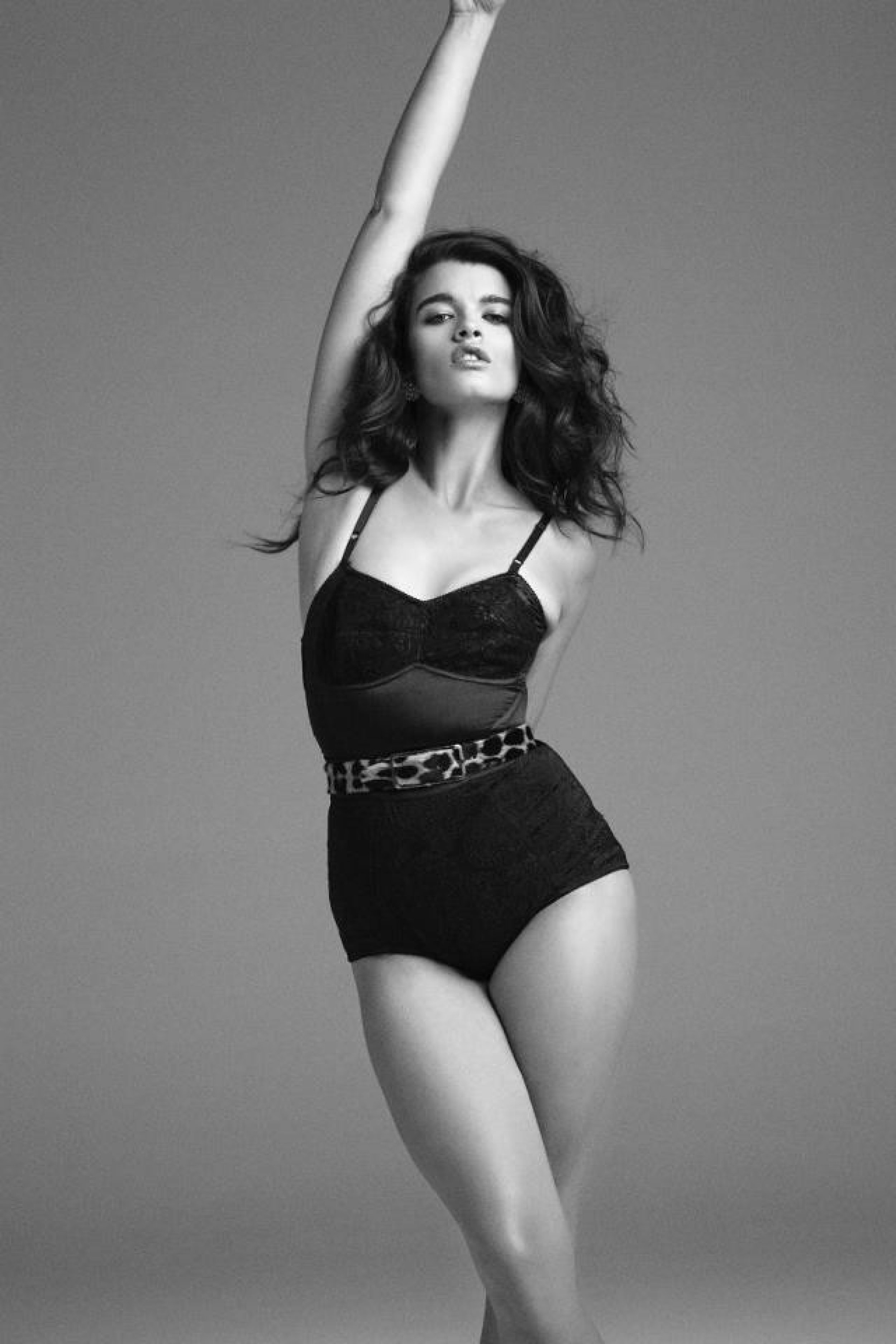
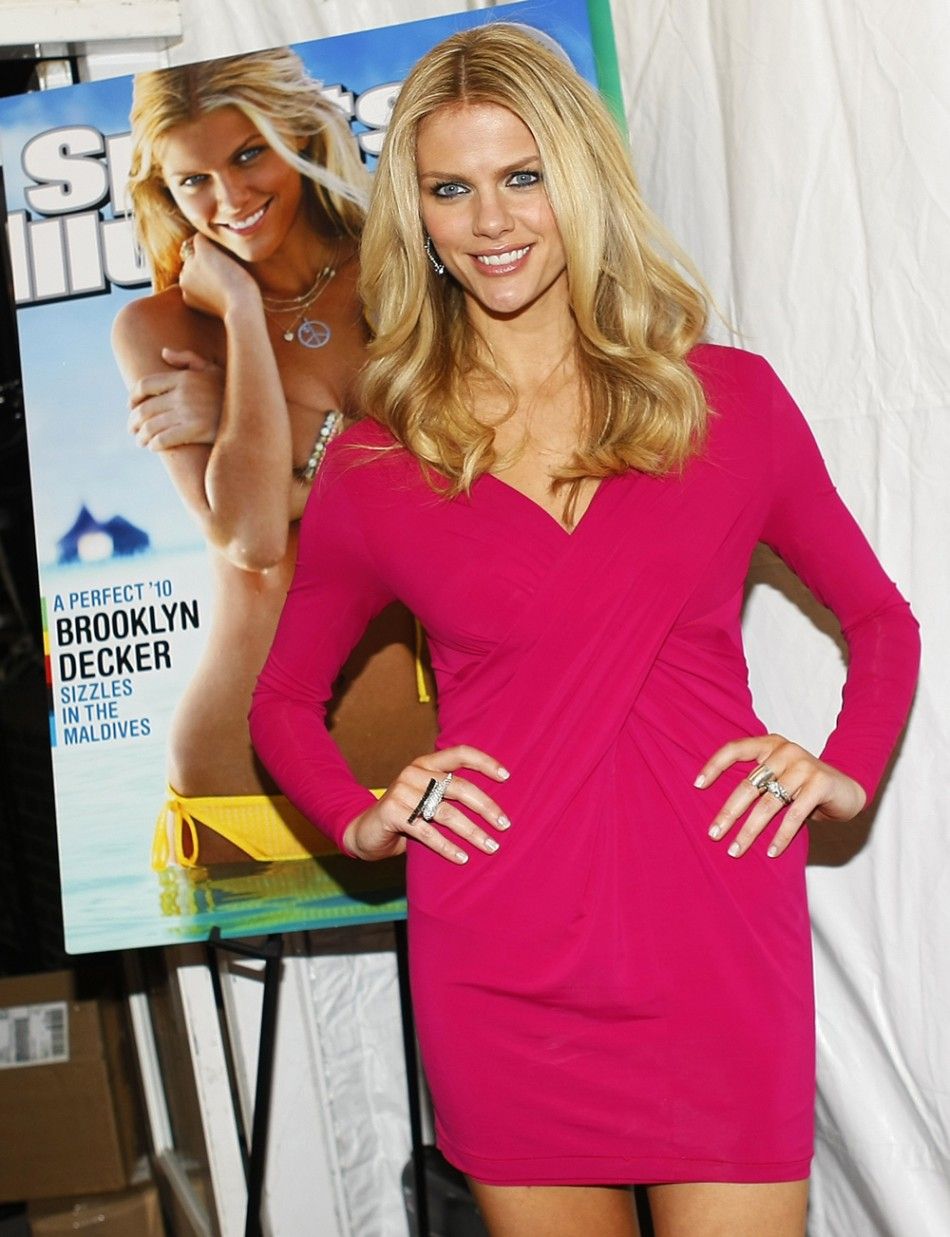
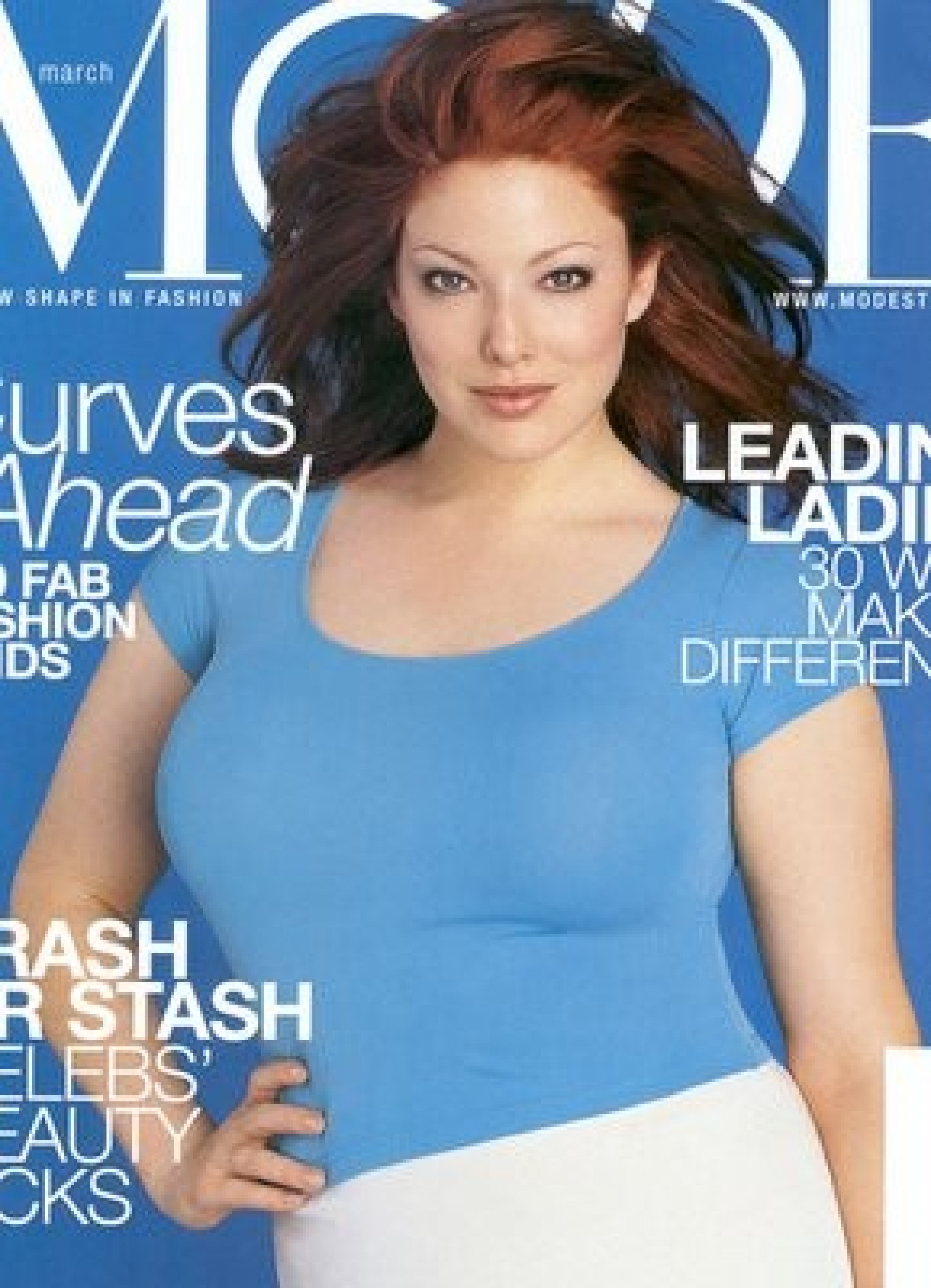

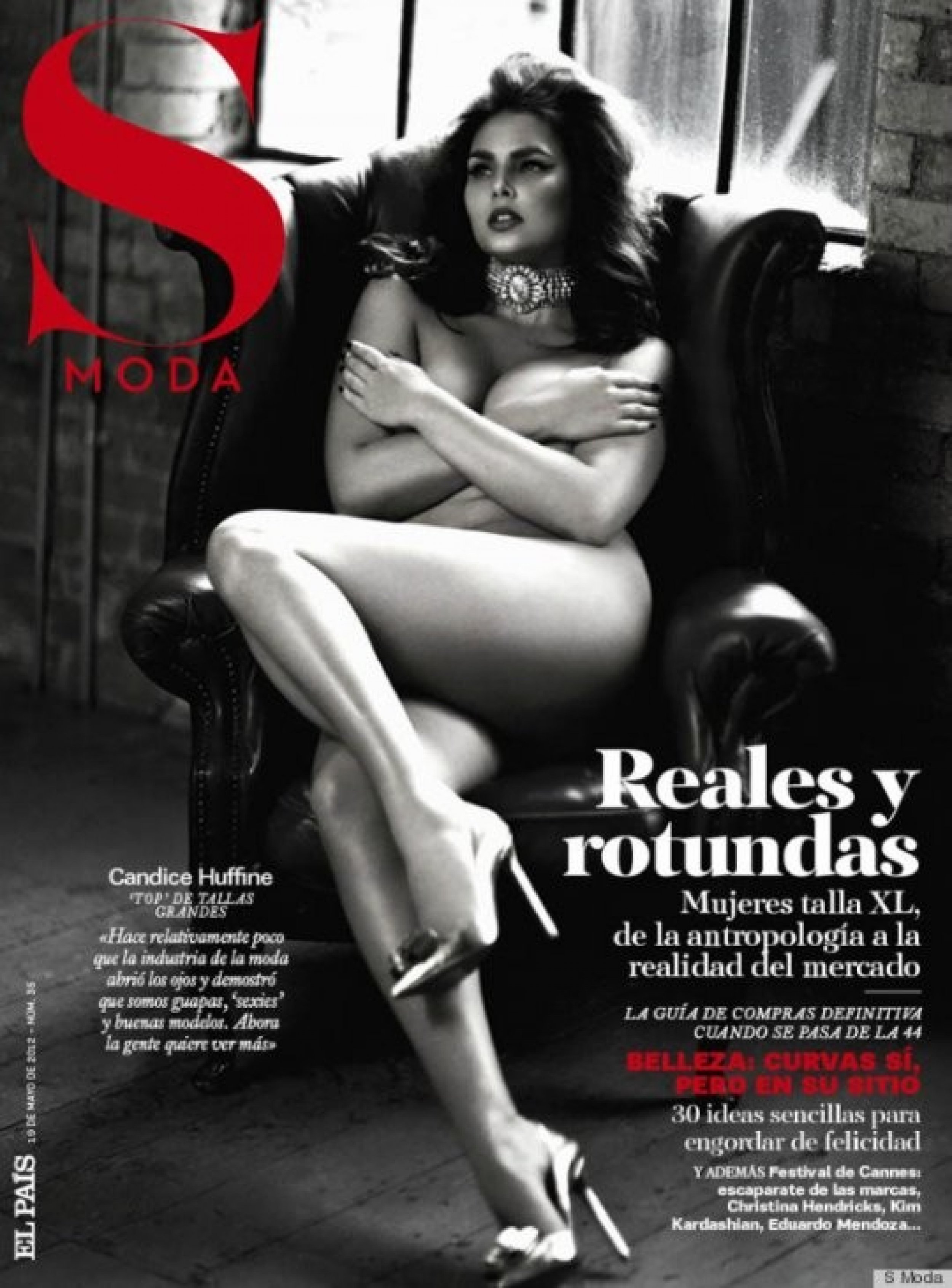
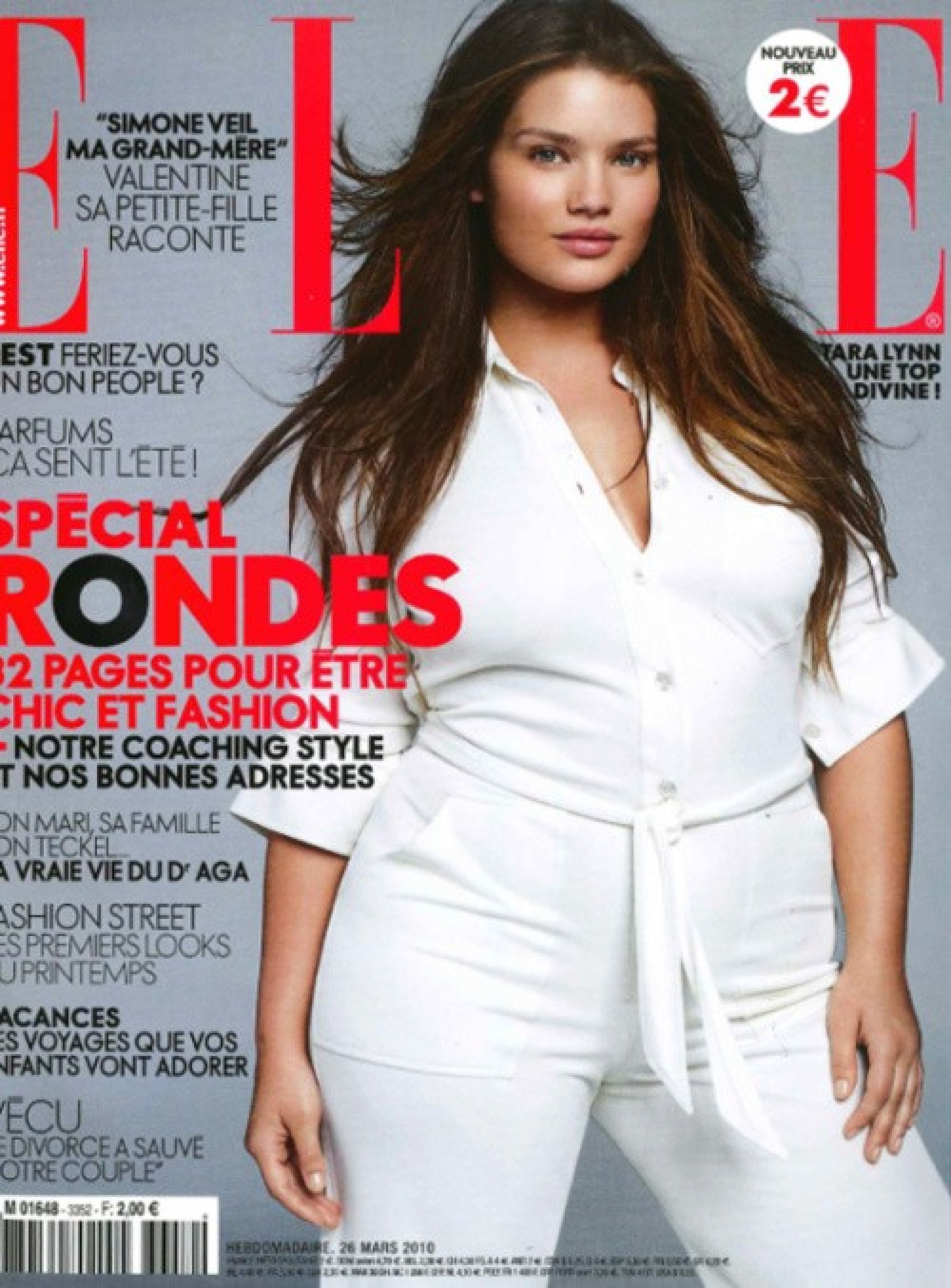
© Copyright IBTimes 2025. All rights reserved.






















